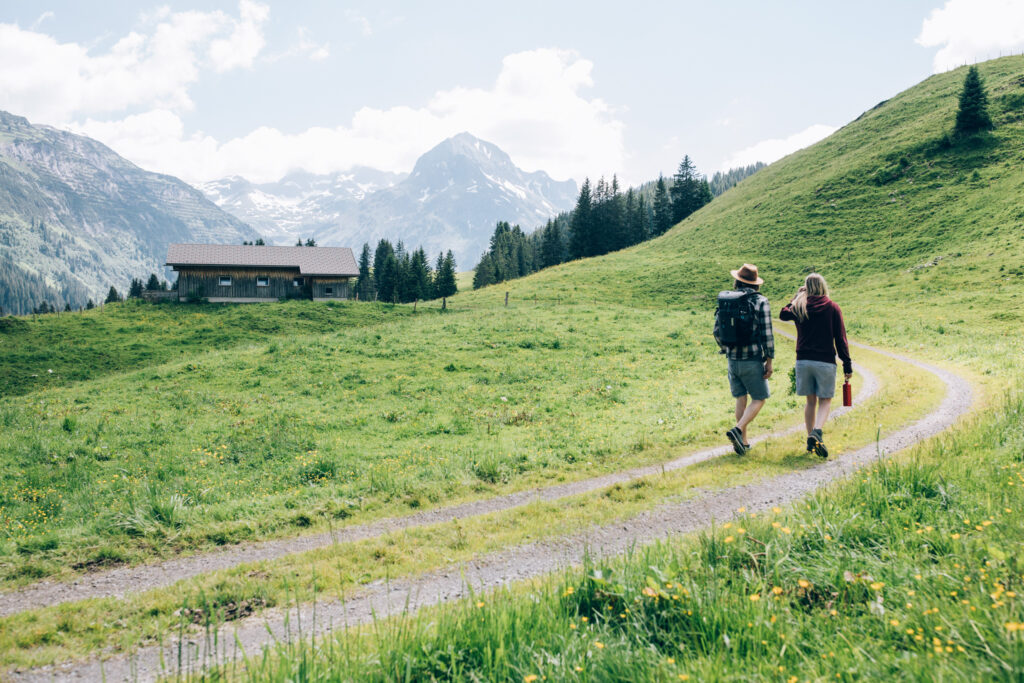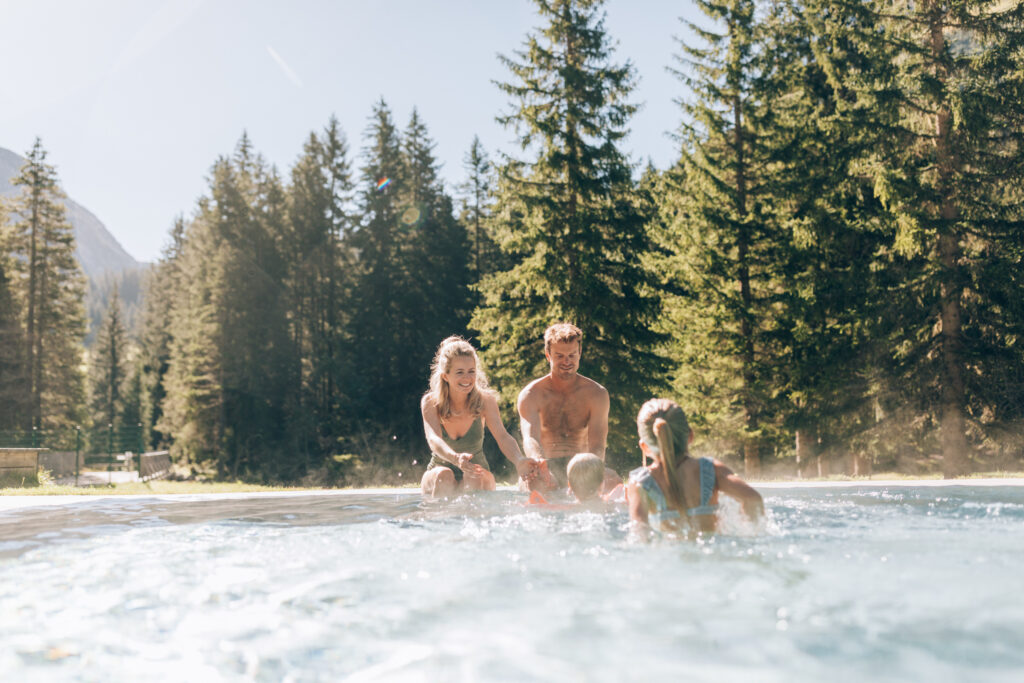8 mountain resorts for summer adventure
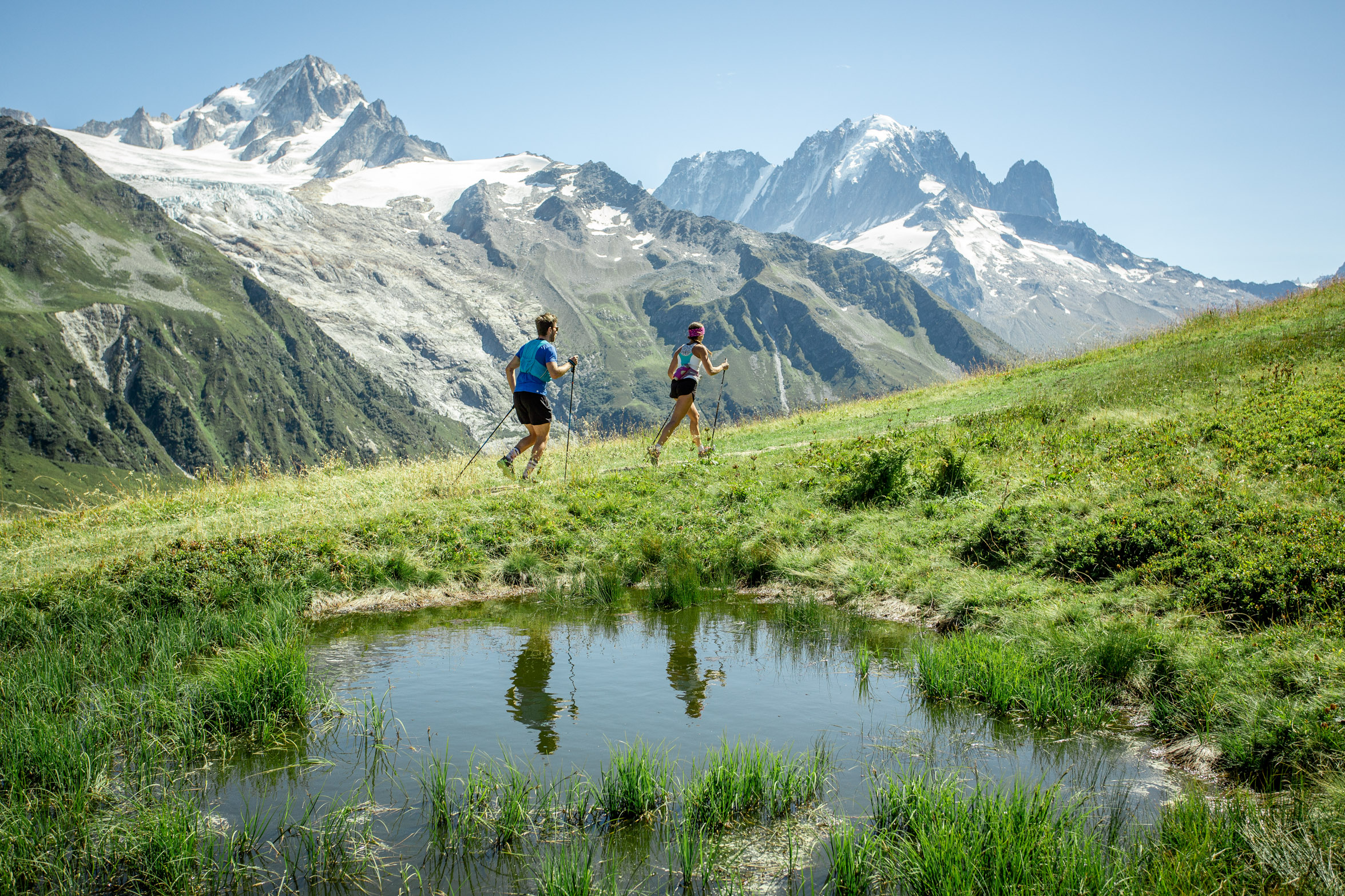

Words | Abi Butcher
Why go? Chamonix is as much home for extreme mountain activities in the summer as it is in the winter, from cragging, bouldering and mountaineering to e-biking, paragliding and white-water rafting on the Grade II Arve river running through the town centre.
There are two dedicated mountain bike zones, Le Tour and Les Houches – with biking restricted in some other areas. While hiking, climbing and mountaineering here is second-to-none, with summer glaciers to practice alpine skills, Chamonix is also a trail-runner’s paradise; it has hundreds of kilometres of singletrack trails, lofty climbs and cozy mountain huts, with a specially designed map and app and some of Europe’s top trail-running races (see below).
For families there are easier walks, bike trails along the l’Arve river, a via ferrata, horse riding and several leisure parks, including the Accro Park in Les Gaillands and the Planards Area with its 1,300-metre-long luge.
Don’t Miss: The Ultra-Trail du Mont-Blanc (UTMB), a week-long trail running festival where some 10,000 elite and amateur trail runners from all over the world converge on Chamonix every August to take part in seven races over the course of the week, supported by thousands of volunteers and watched by an incredible 50,000 spectators.
Ratings:
Summer skiing: 0/10
Trail running: 10/10
Hiking: 10/10
Mountain biking: 6/10
Road biking: 8/10
Mountaineering: 10/10
Rock climbing: 10/10
Watersports: 4/10
Family fun: 9/10
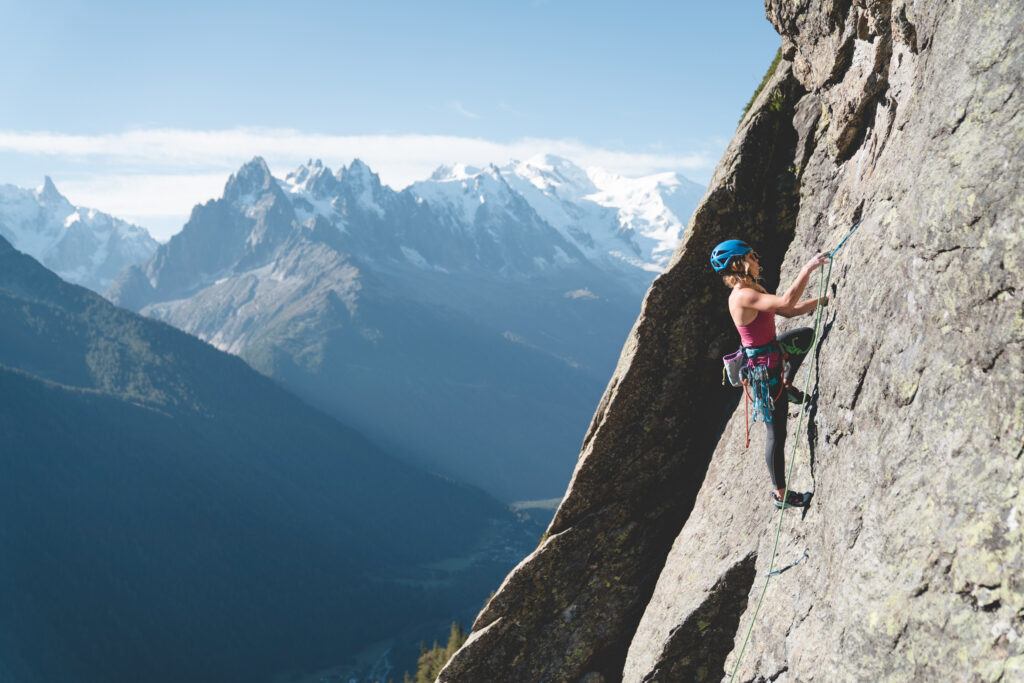
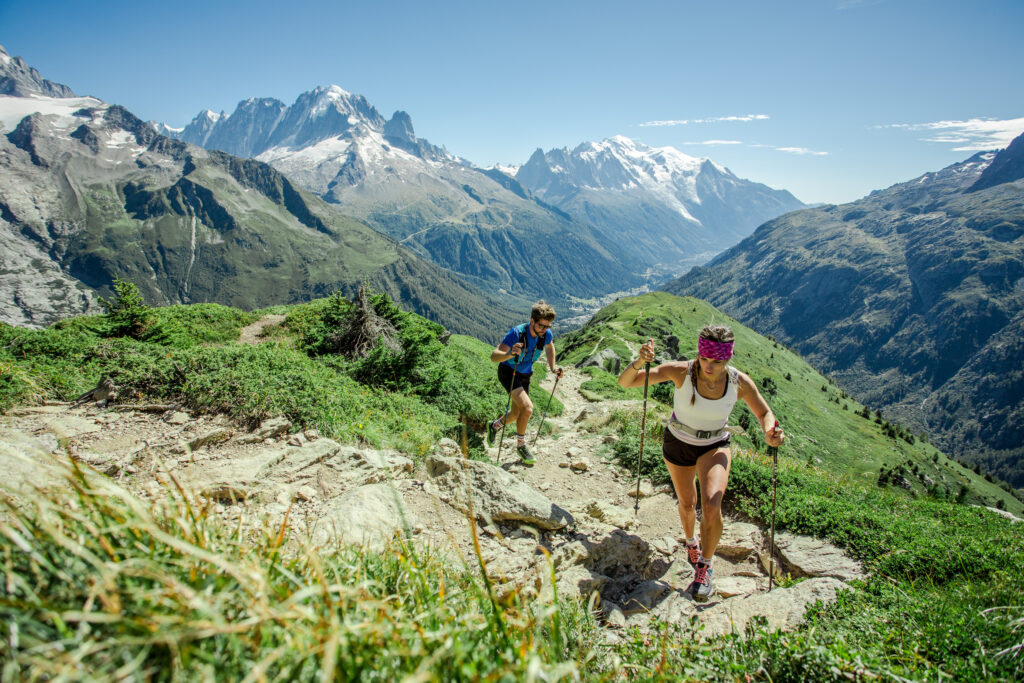
Why go? The Portes du Soleil lift network runs all summer long for trail runners, hikers and climbers – and of course mountain bikers. The mecca of France’s mountain biking scene, the PDS is home to one of the biggest bike parks in Europe, with more than 600km of trails and 19 bike-modified chairs. From enduro and cross-country bike trails, to World Cup-level downhill bike trails, to family mountain bike trails, there is something for everyone. The road biking is excellent around here too (hence why it’s a stop on this year Tours de France).
Morzine village is also well set up for summer family adventures. There’s an aquatic centre (with sunbathing space), a summer luge run from the top of the La Crusaz chairlift down the Pleney slopes, a high-rope adventure park among the treetops, and horse riding.
There’s also an outdoor fitness circuit in the Parc des Dérêches that runs along the beautiful River Dranse – which is itself a huge draw, with numerous companies offering white-water rafting and hydrospeeding excursions throughout summer.
Alternatively, if you want to take to the skies, around half a dozen schools teach paragliding or offer tandem flights, or you can even take a hot-air balloon or helicopter flight around Mont Blanc.
Don’t Miss: Lake Montriond, close to Morzine, is a wonderful place for stand-up paddleboarding, canoeing, kayaking and wild swimming. Set at 1,072m, this 79-acre lake is a great spot for families and groups, with a splash pool for children, a walking track around the edge and nearby restaurants and BBQ pits.
Ratings:
Summer skiing: 0/10
Trail running: 8/10
Hiking: 8/10
Mountain biking: 10/10
Road biking: 10/10
Mountaineering: 5/10
Rock climbing: 7/10
Watersports: 10/10
Family fun: 10/10
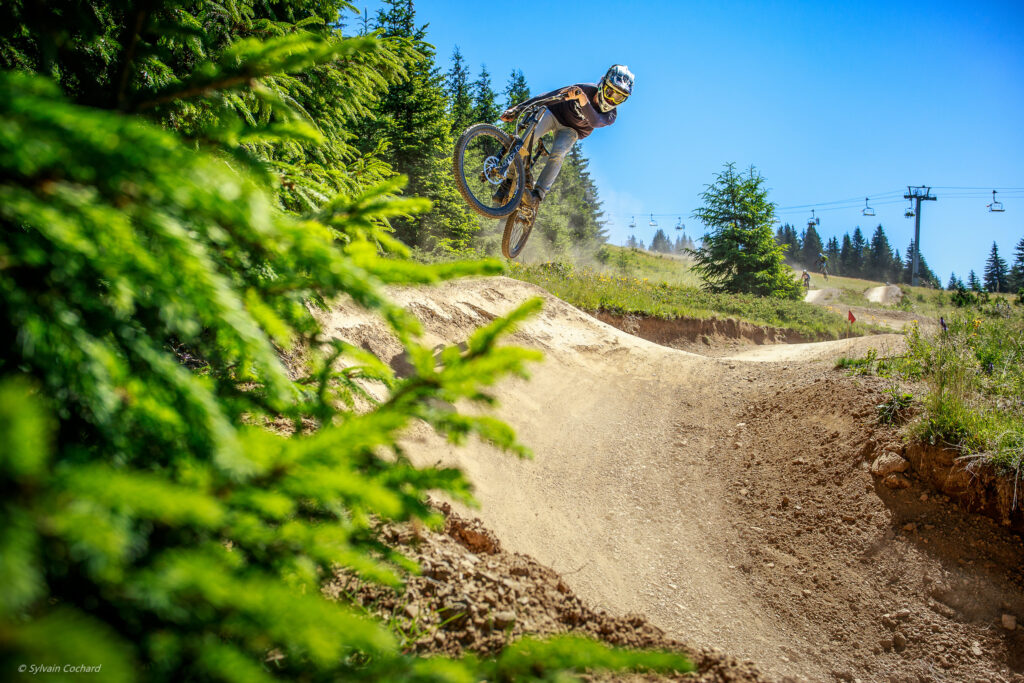
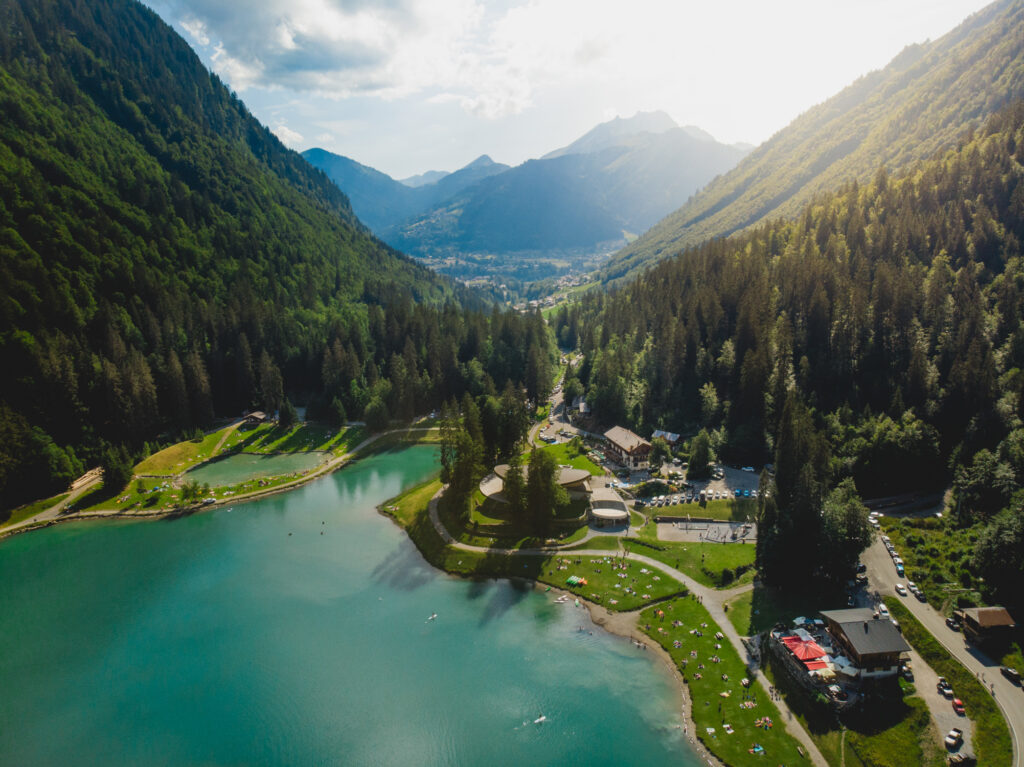
Why go? The Grande Motte glacier is renowned for summer ski training, but there’s much more besides. With 160km of mountain bike trails and a legendary road biking ascent over the Col de l’Iseran into the Haute Maurienne, there’s plenty to do on wheels. Tignes also has a dedicated watersports centre at its lake right in the heart of the resort, with canoeing, diving, kayaks, sailing, SUP and even a beach.
For adrenalin kicks, there’s Acroland, a range of slides into the lake overseen by former freeski champion and acrobat Henry Authier.
It’s the Alps, there are endless hiking, climbing and trail running opportunities, too, including a lovely 7km loop that climbs to the top of the Aiguille Percée (2,748m) for views of Mont Blanc.
Don’t Miss: Summer skiing on the Grande Motte Glacier, at 3,000m. Around 20km of pistes are open during June, July and sometimes August – weather conditions permitting. The glacier is open to hikers and mountaineers, too, or for a less active way to view the snow, take the Grande Motte cable car, featuring the world’s first high-altitude cable car roof terrace.
Ratings:
Summer skiing: 8/10
Trail running: 8/10
Hiking: 10/10
Mountain biking: 7/10
Road biking: 9/10
Mountaineering: 9/10
Rock climbing: 8/10
Watersports: 10/10
Family fun: 8/10
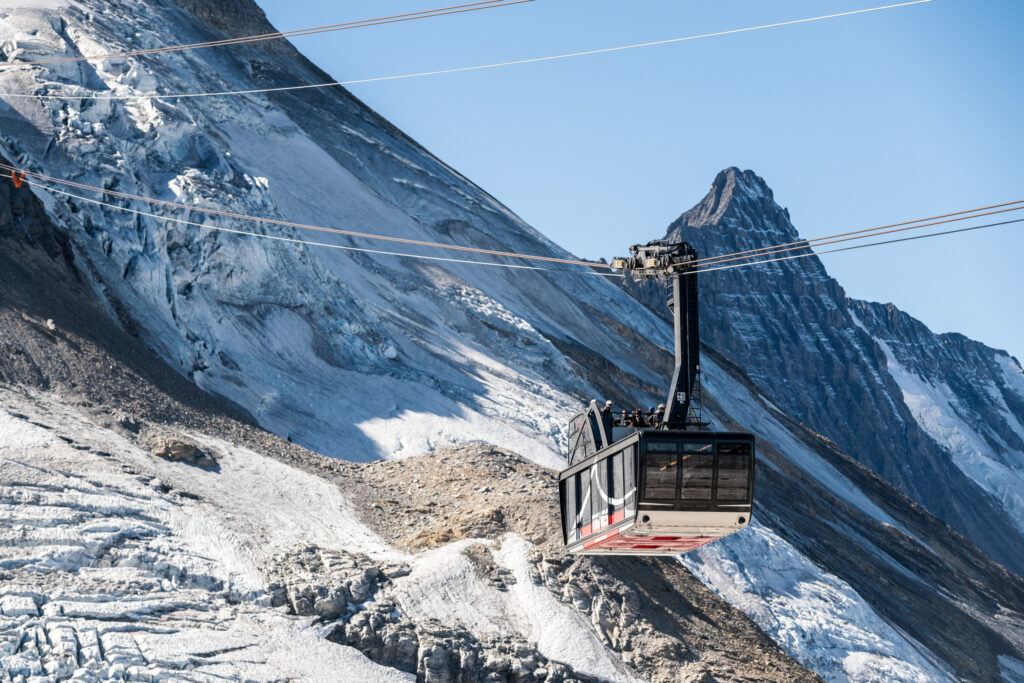
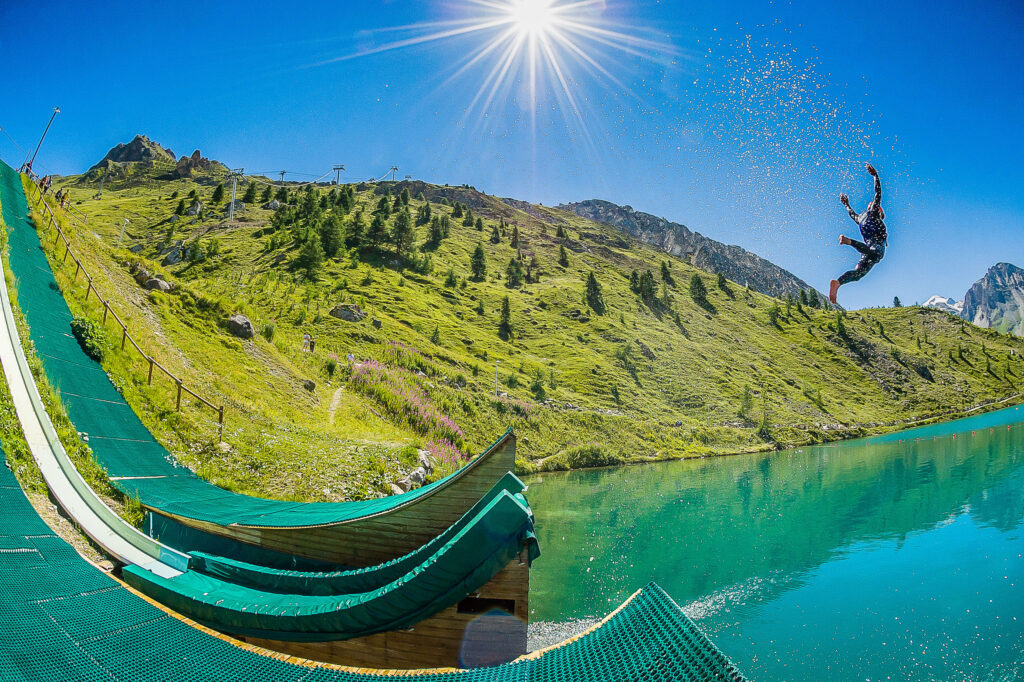
Why go? Skiing on Europe’s highest glacier, which has a snowpark and 21km of pistes, and the climbing. Even if you don’t aspire to summit the 4,478m Matterhorn, or one of the 37 other 4,000m peaks that surround it, you can hike to Hörnligrat, one of the most popular and easy routes from Zermatt to the Hörnli Hut – where climbers overnight before summitting the Matterhorn.
It’s not all big summits though – there are hikes for all ages and abilities, including crossing the Charles Kuonen Suspension Bridge, at nearly 500m the longest in the Alps, or make your way along the wooden walkways at the Gorner gorge.
Mountain carting on dirt trails is available at Sunnegga but cycling is also big here – from gravel and mountain biking to fat bike rides at night, technique camps and heli-biking. Zermatt has dedicated trail maps with bike-friendly restaurants marked and more family friendly e-biking, too.
Don’t Miss: The 5 Seenweg Trail (Five Lakes Trail) from Blauherd, a path that leads past the turquoise waters of Stellisee, Grindjisee, Grünsee, Moosjisee and Leisee – the last lake popular among swimmers and families and all with iconic views of the Matterhorn.
Ratings:
Summer skiing: 10/10
Trail running: 9/10
Hiking: 10/10
Mountain biking: 9/10
Road biking: 8/10
Mountaineering: 10/10
Rock climbing: 10/10
Watersports: 6/10
Family fun: 8/10

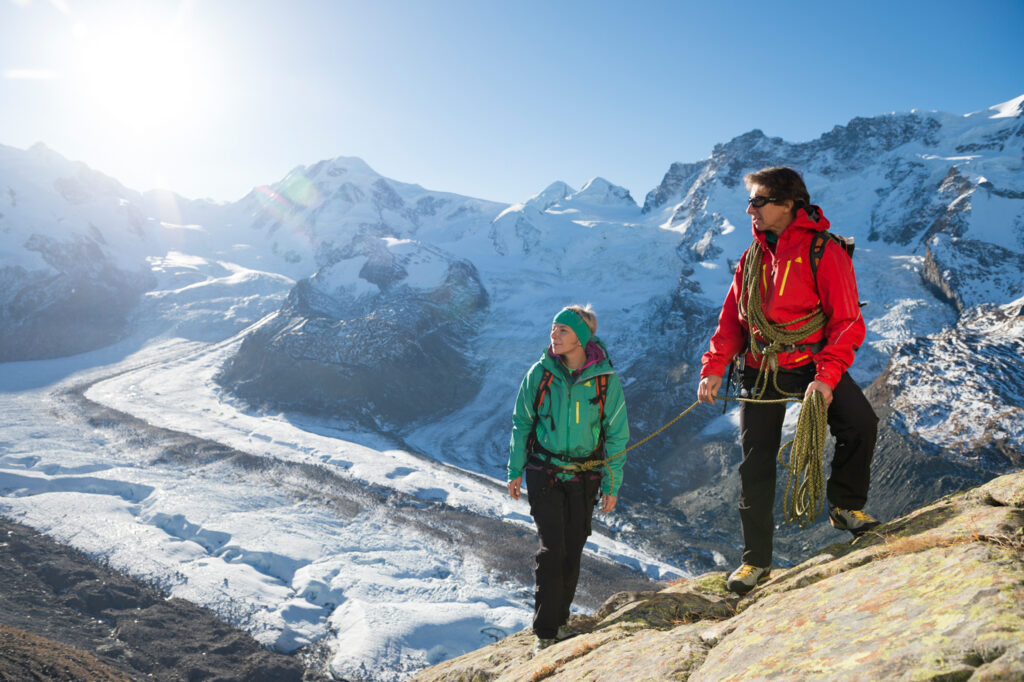
Why go? It’s probably more appropriate to ask: ‘why not go’? The Coast Mountains and glacial valleys of British Columbia beg to be explored on foot, mountain bike or if you’ve really got a head for heights, via a helicopter ride or tandem paraglide flight.
The glass-bottomed Peak 2 Peak gondola linking Whistler and Blackcomb mountains comes into its own in the summer months; it gives access to over 50km of hiking trails, taking in forests, wildflower meadows, boulder fields and towering peaks like the mighty Black Tusk.
There are bear-viewing safaris, horse riding, afternoon or multi-day white-water rafting trips, lakes teeming with watersports with beaches and BBQ pits, and family friendly treetop adventures.
For the adrenaline junkies, Whistler offers rock-climbing, zip wires, and some serious downhill mountain biking trails. Oh, and there’s summer skiing and training camps on Blackcomb’s Horstman Glacier – though this is shrinking fast.
Don’t Miss: The summer bobsleigh at the Whistler Sliding Centre, the only active sliding track in Canada that is brilliant for families with teens (youths aged 12 to 18 go free with a paying adult). First you get to learn about the track, before embarking on a run and reaching speeds of up to 90km per hour (with a free photo to take away to prove you did it).
Ratings:
Summer skiing: 6/10
Trail running: 9/10
Hiking: 10/10
Mountain biking: 10/10
Road biking: 8/10
Mountaineering: 8/10
Rock climbing: 8/10
Watersports: 10/10
Family fun: 10/10
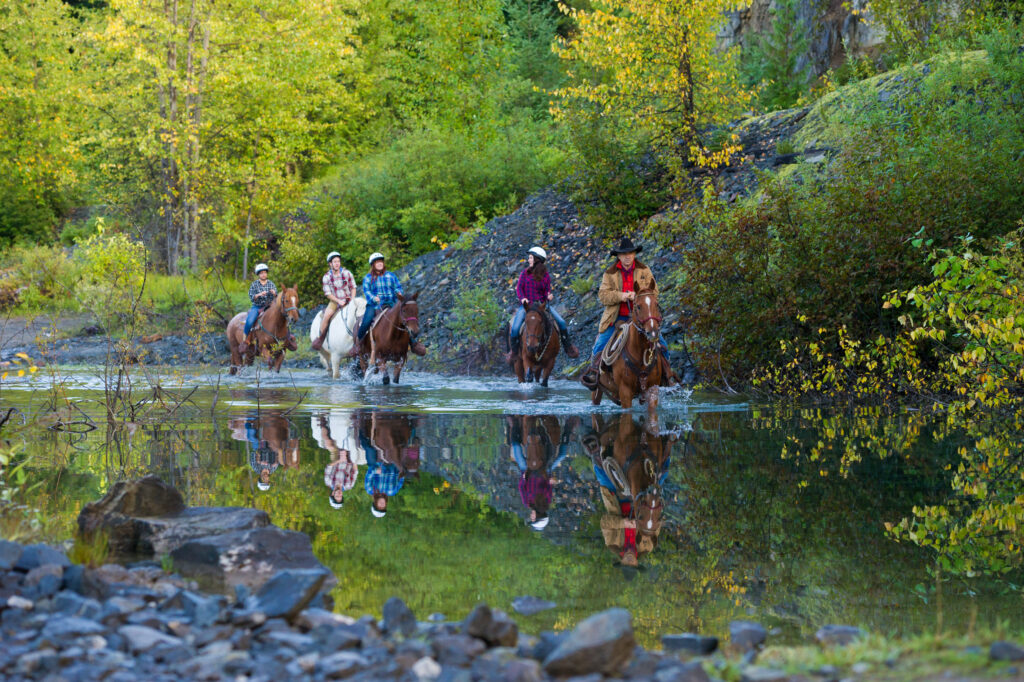
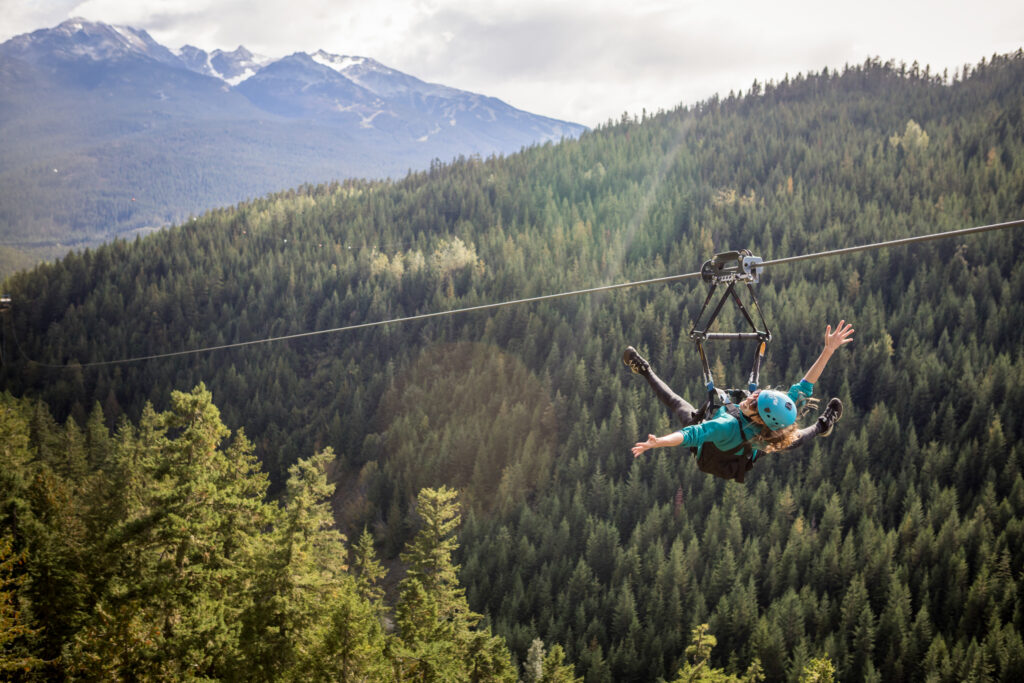
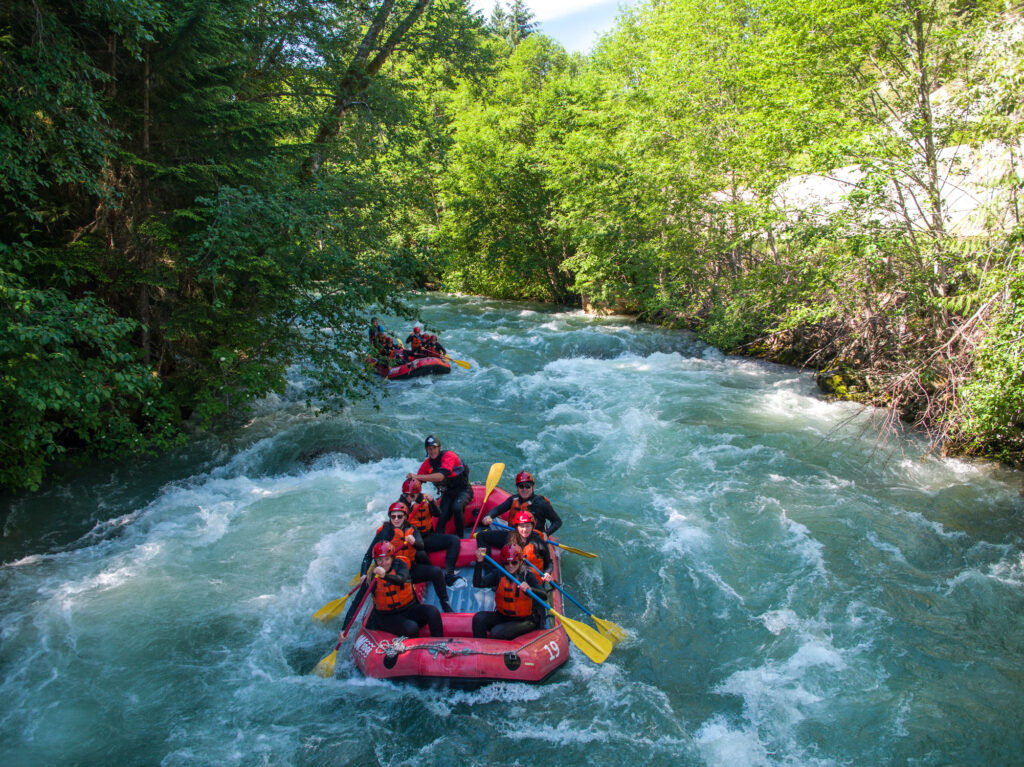
Why go? An abundance of mountains, lakes, crystal clear air and ‘allemansrätte’ – the Swedish right to roam – give the wilderness adventures in Åre a distinct edge.
The River Indalsälven flows through the valley of Åre, providing not only some incredible waterfalls (including Sweden’s largest, the Tännforsen) but every kind of water-based activity, too. At various points over the summer there is fishing, kayaking and canoe trips and white-water rafting on the rapids. Meanwhile on the lakes, which have sandy beaches, visitors enjoy SUP yoga and swimming.
In the air, there’s a zip wire as well as tandem paragliding flights that take off from Mt Åreskutan with basic courses available at the Skysport Paragliding School, too.
There are indoor and outdoor climbing opportunities, mountain biking (Åre has a bike park) and hiking galore – the tourist office runs a Three Peaks challenge, awarding a diploma to hikers who summit the nearby Mt Åreskutan (1,420m), Totthummeln (826m) and Mullfjället (1,013m).
Don’t Miss: The midnight sun and joining in country-wide celebrations on 21 June, the Nordic Summer Solstice. Traditional dancing, vodka or aquavit drinking, lake swimming and partying into the night on a day many believe to be the most important in the Swedish calendar.
Ratings:
Summer skiing: 0/10
Trail running: 8/10
Hiking: 10/10
Mountain biking: 9/10
Road biking: 9/10
Mountaineering: 4/10
Rock climbing: 5/10
Watersports: 10/10
Family fun: 8/10
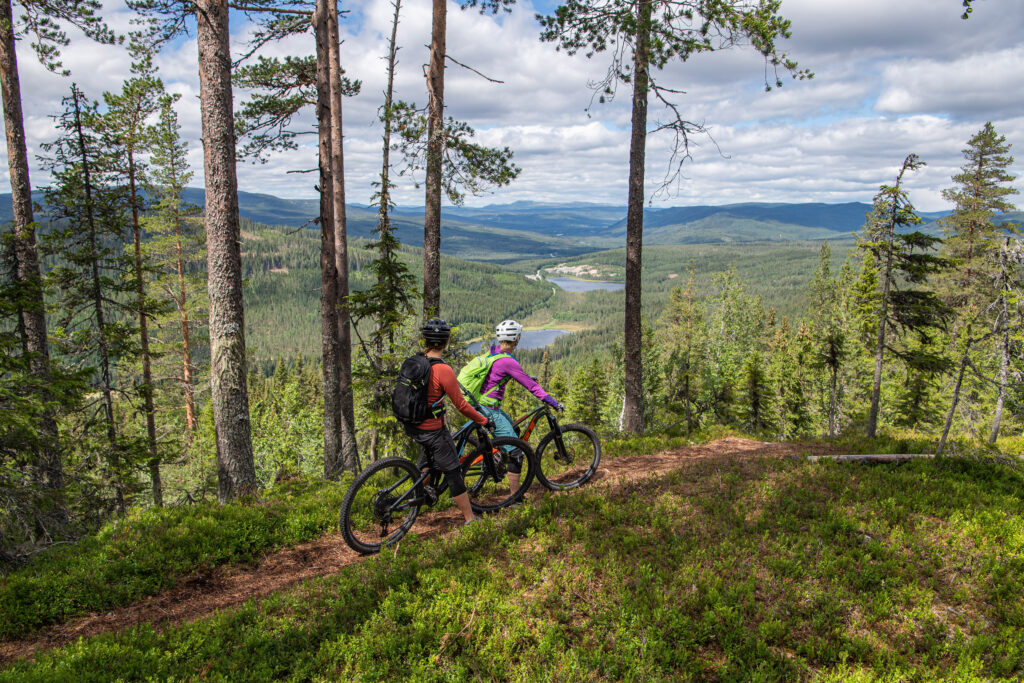
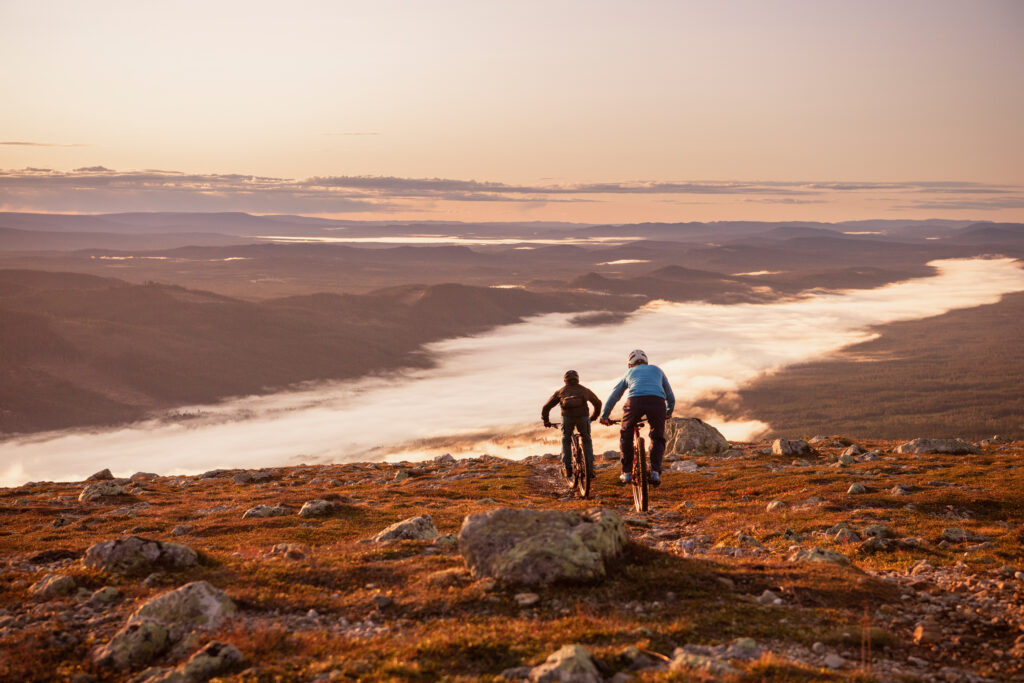
Why go? This pretty, car-free mountain village is the action-packed centre of the Dolomites. The area is famed among road bikers – home to the renowned 51km Tour of the Four Passes and Dolomites Marathon, one of Europe’s most difficult one-day road-bike races with an incredible 4,230m of climbing.
For the less energetic, Alta Badia has e-bike ‘sharing points’ on the high planes of Col Alt, Piz La Ila and Piz Sorega, where you can pick up an e-mountain bike, enjoy for the day and then drop it off at a convenient location in town afterwards. There are mountain biking trails on the Piz Sorega Plateau.
Hiking here is equally spectacular in the Fanes-Senes-Braies Natural Park and Puez-Odle Natural Park, with hundreds of marked trails from higher, mountainous routes to more family friendly, flatter trails that lead to waterfalls, lakes and mountain huts.
There is plenty for families, including via ferratas, several ‘Movimënt’ parks with fitness stations, beginners’ climbing walls, zip lines and caves – even summer ice-skating. Finally, the area is renowned for the quality of its restaurants. There are two Michelin-starred eateries in San Cassiano and countless mountain huts that make the ascents worthwhile – or use the lifts, for which a day pass starts at €39 in summer.
Don’t Miss: The Sellaronda mountain bike tour — take it clockwise or anticlockwise. You transport bikes using lifts and cycle on technical singletrack through the mountain passes of Gardena, Campolongo, Sella and Pordoi, just under 59km in breathtaking scenery.
Ratings:
Summer skiing: 0/0
Trail running: 8/10
Hiking: 10/10
Mountain biking: 10/10
Road biking: 10/10
Mountaineering: 10/10
Rock climbing: 10/10
Watersports: 7/10
Family fun: 6/10
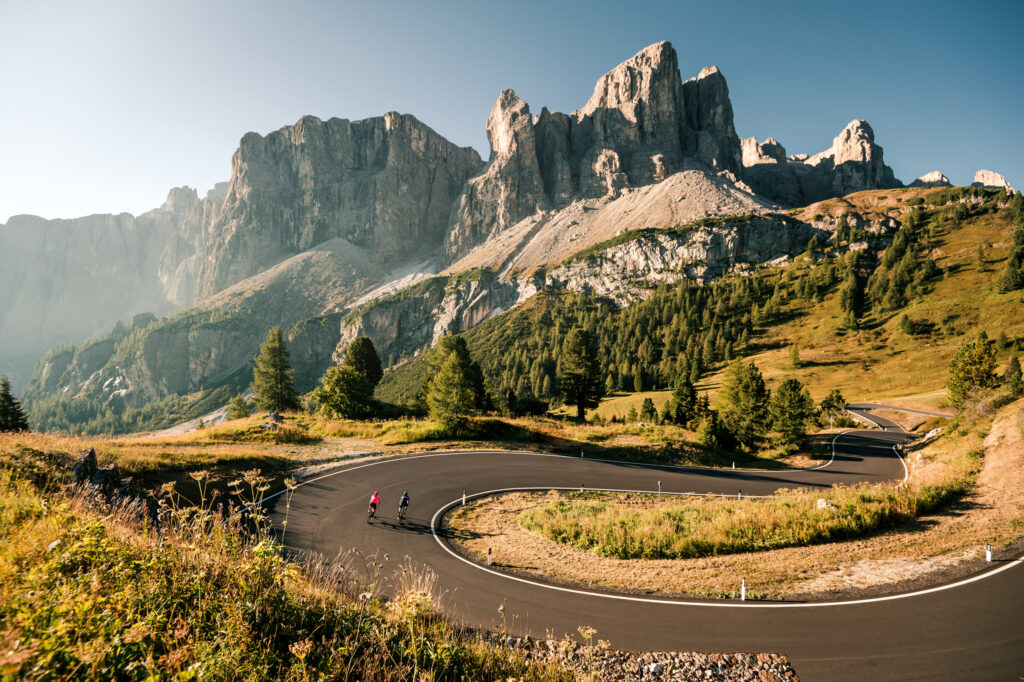
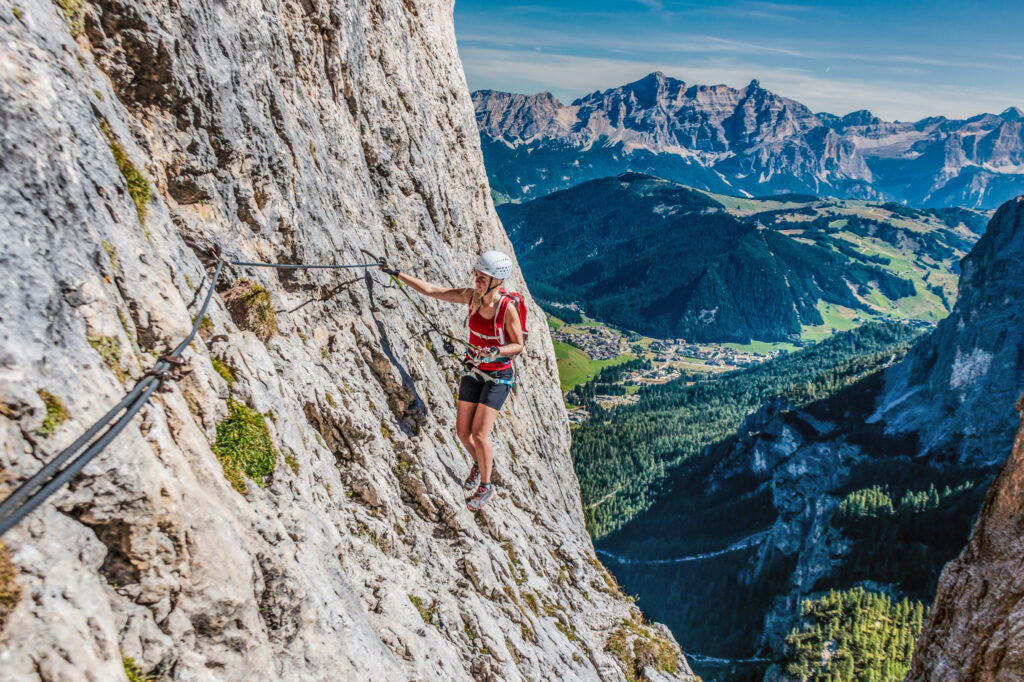
Why go? For the 350km of marked hiking trails and 54km of designated running trails. Highlights include the new Green Ring hiking route, which is a summer alternative to the famous De White Ring ski route. Divided into three legs, via Zürs, it takes in mountain ridges, lakes, rivers and waterfalls. There are numerous equally picturesque biking trails too, as well as indoor and outdoor climbing walls.
The recently opened Lech forest swimming pool is perfect for families with its 25m pool, aquafit pool, children’s pool and wave slide, with table tennis, tennis courts and a beach Volleyball court. Around the pool, and in the wider Lech-Zürs area, are numerous BBQ pits, each equipped with seating and dry wood, perfect for end-of day picnics or mid-hike stops.
The Lech summer card (starting at €28 for two days) offers access to the pool, selected lifts, buses to hikes, a free e-bike tour, a weekly children’s adventure programme, breakfast at the Kaltenburghütte and much more.
Don’t Miss: The new Arlberg walking trail, created in August 2021. See the ski area in a totally new way, by hiking the 40km route that links Lech, Zürs, Stuben, St Christoph and St Anton – or the Formarinsee lake, voted the most beautiful place in Austria in 2015.
Ratings:
Summer skiing: 0/0
Trail running: 8/10
Hiking: 10/10
Mountain biking: 8/10
Road biking: 8/10
Mountaineering: 7/10
Rock climbing: 9/10
Watersports: 8/10
Family fun: 10/10
